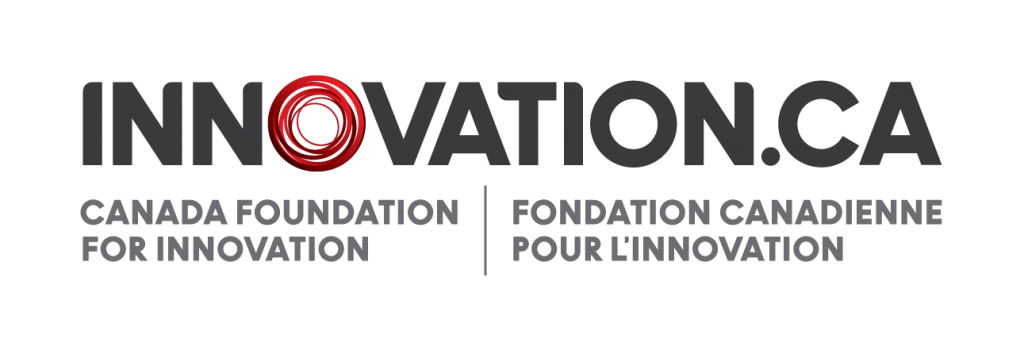CFI announces JELF award winners

EDMONTON, A.B. — Researchers across the country need the best labs and tools to spark discoveries that lead to healthy communities, clean air and water, new job opportunities and a prosperous future. That’s why the Honourable Kirsty Duncan, Minister of Science and Sport, today announced more than $61 million for state-of-the-art research labs and equipment through the Canada Foundation for Innovation’s (CFI) John R. Evans Leaders Fund (JELF). This investment will support 261 projects at 40 universities across Canada.
The Fund helps exceptional university scientists conduct leading-edge research by giving them the tools and equipment they need to become leaders in their field. The University of Alberta is receiving more than $2.2 million for 10 research infrastructure projects that will, among other things, ensure food safety, improve end-of-life care for patients, reclaim mining sites and reduce air pollution.
Laurentian University researchers Dr. Caio Licciardi and Dr. Clarence Virtue are among the recipients of the JELF awards, announced today. Licciardi and Virtue are working on a neutron detector characterization facility that will contribute to our understanding of supernova events through the study of neutrinos. The HALO experiment, currently operating underground at SNOLAB, is the first lead-based neutrino detector in the world. When neutrinos interact with the lead, they generate neutrons: these are what the detector monitors, and an uptick in neutron activity signifies a supernova event.
HALO is a member of the international Supernova Early Warning System (SNEWS), a series of detectors around the world that monitor neutrino activity looking for a burst signifying a supernova occurring somewhere in the galaxy. The neutrinos are ejected before the bright light of a supernova is generated, so by watching for these neutrino bursts SNEWS can alert astronomers in time for them to view the supernova through their telescopes.
Data from lead-based detectors like HALO provide information on components of the supernova signal that other detectors cannot, making this technology a valuable complement to other supernova detectors and providing unique insight on these cosmic events. However, for data from next-generation lead detectors like HALO-1kT to be fully interpreted, more information is needed about the rate of neutrino interactions with lead nuclei.
The JELF funding awarded to Licciardi and Virtue will go towards building a lead interaction test facility that will provide the much-needed data about neutrino interaction rates. The data generated by this facility will pave the way for future lead-based neutrino detectors and provide new insight about supernovae. This project involves international collaborators and is supported by the University of Washington and the Instituto Nazionale di Fisica Nucleare in Italy.
Todays announcement also included is Dr. Guillaume Giroux, of Queen’s University and the McDonald Institute. Giroux’s work focuses on the use of bubble chamber technology and spherical proportional counters to further the search for dark matter.
Currently, most dark matter experiments search for ‘spin-independent’ interactions with dark matter – the type large cryogenic liquid experiments like DEAP-3600 are looking for. Another type of interaction, ‘spin-dependent’, is also expected to occur. It is these spin-dependent interactions that bubble chambers are designed to detect. The PICO experiment at SNOLAB is an example of a dark matter experiment employing bubble chamber technology. In addition, spherical proportional counters are used to look for low-mass particles (potential dark matter candidates) at underground facilities like SNOLAB.
Using the JELF funding, Giroux plans to establish a world-class facility at Queen’s University in order to develop bubble chamber technologies that will allow for an enhanced sensitivity to these elusive particles. In this way, grant will support research that will enhance the capability of the PICO experiment.
Giroux also intends to build a new ultra-clean spherical proportional counter that will search for dark matter particles at SNOLAB in a mass range that has not been explored yet, opening the prospect to an eventual discovery. To support this project, a cosmic muon detector will be built and installed in a compact radiation shield at Queen’s University. This shield will allow for the operation of a spherical proportional counter at the sea-level in low noise conditions, providing a test bench to better understand the director. The shield will also allow for a first-ever measurement of the coherent scattering of anti-neutrinos at a Canadian nuclear reactor site, promising for a rich physics program and a first technological application of neutrino physics to reactor monitoring.